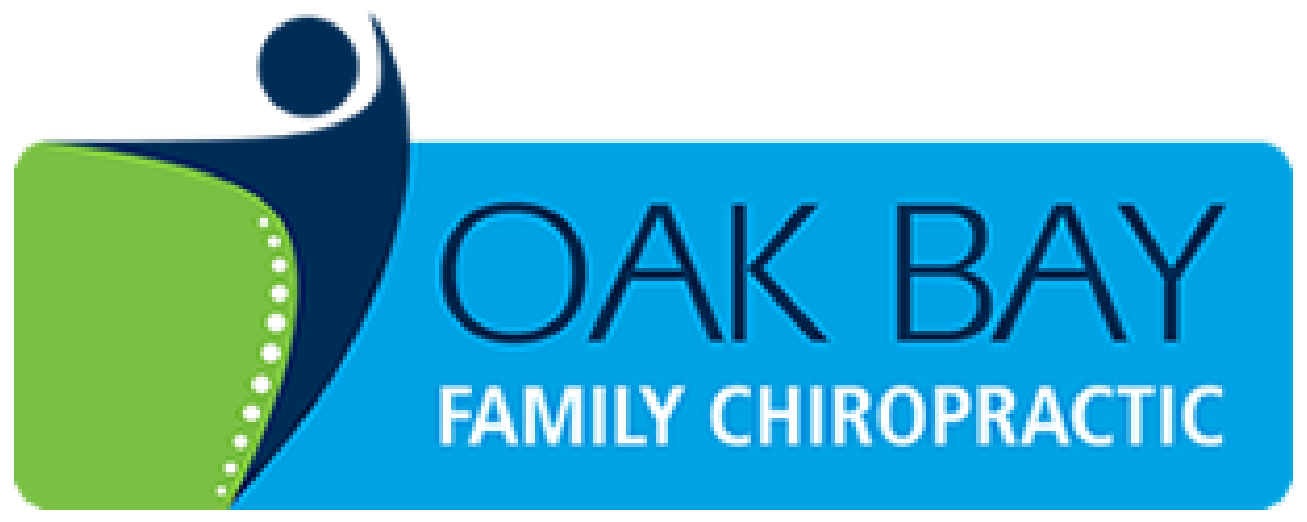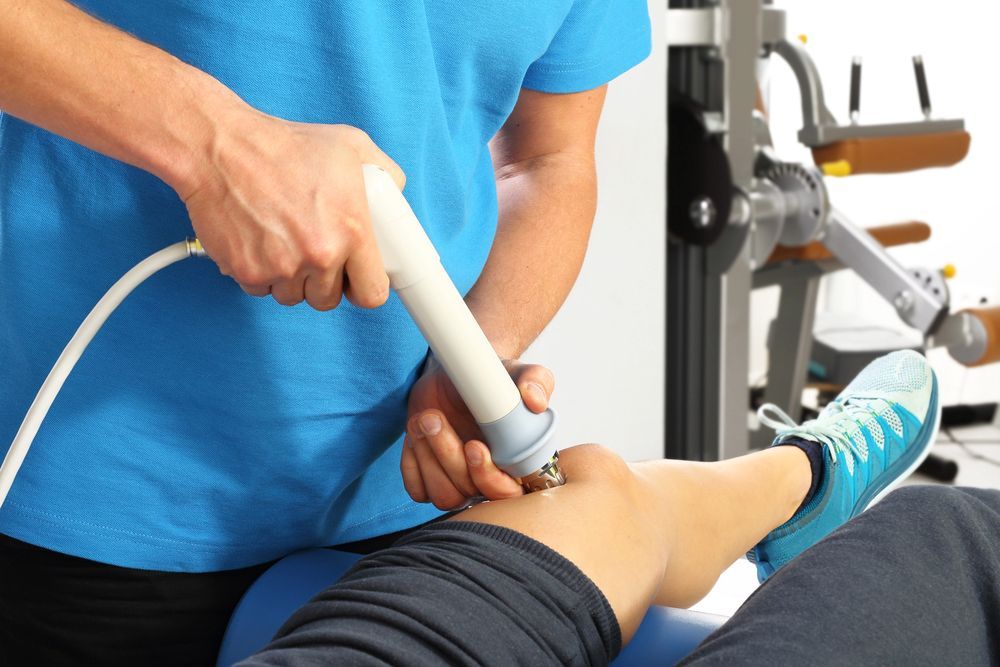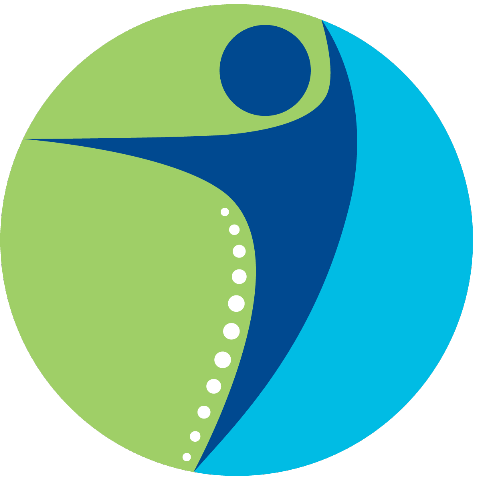Comparing Chiropractic Techniques: Diversified, Thompson, Activator, and More
Your spine carries the weight of your daily life. From long hours at a desk to stress that settles in your shoulders, it’s easy for your body to fall out of alignment.
Chiropractic care helps restore balance through different types of adjustments. Understanding these techniques can help you feel confident and comfortable during treatment.
Keep reading to learn how the most common chiropractic techniques differ, and what to expect from each.

Diversified Technique
The Diversified technique is the most widely practiced chiropractic method; the one most people picture when they think of an adjustment.
This approach uses precise, manual thrusts to realign the spine or joints that have restricted movement. Patients often hear a
quick popping sound, which is just gas releasing from the joint space, not their bones cracking.
Why it works: Diversified adjustments restore proper movement and help reduce pressure on nerves. It’s great for relieving back or neck pain, improving mobility, and enhancing posture.
Best for: Most adults with common musculoskeletal issues, including tension, stiffness, or mild misalignments.
Thompson Drop-Table Technique
If the sound or feel of manual adjustments makes you nervous, the Thompson Drop-Table technique offers a gentler alternative.
This method uses a special table divided into sections that slightly drop during an adjustment. The movement allows gravity to assist, so your chiropractor can use less force while still achieving effective results.
Why it works: The drop motion helps the joint realign without twisting or heavy pressure.
Best for: Patients with sensitive joints, arthritis, or those new to chiropractic care who prefer a less intense adjustment.
Activator Technique
The Activator Method takes precision to another level. Instead of manual pressure, it uses a small handheld device that delivers a quick, controlled impulse to specific vertebrae or joints.
Why it works: The instrument's speed helps move the joint before muscles tense up, so you get the benefit of alignment with minimal discomfort or movement.
Best for: Seniors, children, or anyone who prefers a light-touch, low-impact treatment. It’s also ideal for addressing smaller joints, such as those in the neck or wrists.
Additional Methods
Chiropractors often use complementary techniques to support healing, including:
- Soft tissue therapy: Relieves muscle tension and promotes flexibility.
- Flexion-distraction: A gentle, traction-based method ideal for disc injuries or lower-back pain.
- Drop-assisted pelvic adjustments: Help realign hips and reduce uneven leg length or pelvic tilt.
Indications and Contraindications
Chiropractic techniques are effective for many issues, from headaches and neck stiffness to sciatica and poor posture. However, not every method fits every patient.
Conditions like severe osteoporosis, recent fractures, or spinal instability may require modified or alternative approaches. Your chiropractor will always review your medical history, comfort level, and goals before starting care.
Patient Experience and Outcomes
Most patients feel relief, lightness, or improved mobility right after treatment, though some may experience mild soreness as the body adjusts. With consistent care, you can expect improved movement, reduced pain, and greater body awareness, often leading to better sleep and posture, and greater energy.
Ready to Feel the Difference?
Whether you’re seeking pain relief, improved mobility, or long-term wellness, chiropractic care offers many ways to help your body work the way it should.
At Oak Bay Chiropractic in Calgary, our
chiropractors combine proven methods with personalized care, so every adjustment supports your goals. Each technique has its strengths, but the best one is the one that fits you.









